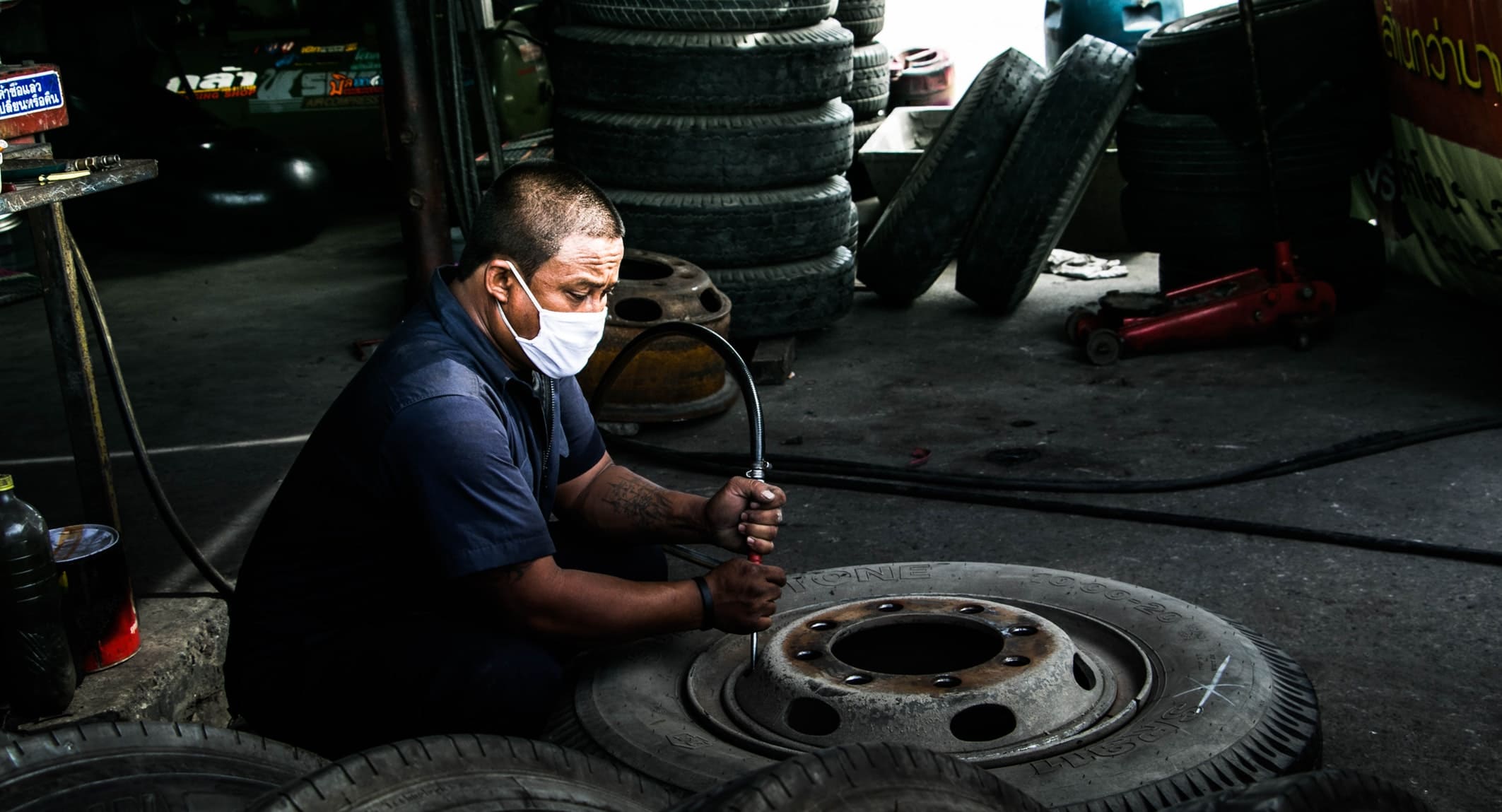The formula for calculating capital productivity
 Turnover ratios show return on investment. One of these factors is the total capital productivity. Capital productivity is an economic indicator and one of the important indicators of the activity of any company. It allows you to draw conclusions in a timely manner about how correctly the company’s business activity is built in the current market conditions.
Turnover ratios show return on investment. One of these factors is the total capital productivity. Capital productivity is an economic indicator and one of the important indicators of the activity of any company. It allows you to draw conclusions in a timely manner about how correctly the company’s business activity is built in the current market conditions.
It should be noted that the indicator of capital productivity by itself does not indicate how production assets are used, effectively or not, but only shows what the ratio of the volume of output received from the sale (ie, revenue) with the value of the means of labor available to organizations
The turnover ratio of total assets or total capital productivity (resource returns, capital returns) RTAT (Total Asset Turnover Ratio) is calculated as follows:
RTAT = Sales Revenue / Average Property Value
This formula displays the output per unit of property. Often it is called as the main parameter of asset management quality. In the analysis, it is usually used in comparisons of asset utilization between firms. The high level of this ratio indicates a good ability of managers to use funds effectively. Low capital productivity indicates a completely inefficient use of funds. Although it happens that such a comparison takes place to be incorrect:
for example, if there are some differences in accounting policies;
overestimation of revenue;
different levels of equipment wear,
for finished products is inflationary price increases.
When an internal analysis is carried out, with a low value of the capital productivity ratio, a significant conclusion is made that the amount of activity for this value of assets is not high enough. Therefore, the first thing to do is to increase sales. However, if it is not possible to increase sales, then some types of assets should be written off.
The great importance of capital productivity should direct the efforts of managers to search for various kinds of investments in order to expand this production.
Considering this indicator of capital productivity, we can conclude that it relates to turnover indicators (accounts receivable, inventory turnover, other assets). The ratio of revenue to a particular asset or liability is always calculated as turnover indicators.
Example.
Calculation of total capital productivity (turnover ratio of total assets) for OJSC MMC Norilsk Nickel in 2008:
RTAT = 13 980 000 000/28 259 500 000 = 0.49
Thus, in 2008, for every ruble of the company’s total assets accounted for 49 kopecks of sales revenue. In 2008, assets turned only 0.49 times and only paid off by half.
The dynamics of the indicator of capital productivity
Dynamics of capital productivity indicators of the assets of OJSC MMC Norilsk Nickel for the period 2005-2008 Picture shown above.
The total capital productivity of the company since 2007. Also shows a downward trend. This most likely indicates an ineffective asset management policy for a legal entity.
In the period under review, the growth rate of assets often exceeds the rate of revenue growth. For example, since 2007. Assets increased by 119%, while revenue grew by 44%. On the other hand, in certain periods, an increase in the rate of growth of assets over the rate of growth of revenue is possible, since assets can be introduced in steps, and revenue usually increases more smoothly.
While maintaining the negative dynamics of capital productivity of MMC Norilsk Nickel, it is advisable to revise the sales management strategy and investment strategy, as well as eliminate non-core assets.
The capital productivity ratio does not have a common standard value. In connection with the foregoing, capital productivity depends strongly on the characteristics of each industry. For example, where there is a capital-intensive production, then there will be lower capital productivity, because the share of fixed assets is high in the assets of an enterprise. If the indicator of capital productivity is viewed in dynamics, then its growth indicates an increase in the efficiency of equipment use.
Therefore, to increase capital productivity, you need:
To increase the amount of revenue without changing the composition of fixed assets assets used (in the period under review):
a) to increase the efficiency of its use, producing products with higher value added;
b) increase the time when the equipment is used, for example, the number of shifts, using more efficient and modern equipment;
Write off unnecessary equipment, thus reducing its cost in the denominator of the ratio.




